BOARD 9 - BEE DANCE
Bees don't just communicate via their antennae - they prefer to dance! There are two different dances: the round dance (also known as "Sterzeln") - when flowers rich in flowers are nearby. The bee also marks a clear scent for its sisters with the sterling gland. Incidentally, bees have very sensitive sensory hairs and a very fine sense of taste and smell! And then there is the so-called tail dance ("Schwänzeln")- a little further on for more precise directions. We have drawn the difference between these two "dance steps" for you in two diagrams. Incidentally, the dancing bee language was researched by the Austrian professor Karl von Frisch, who was even awarded the Nobel Prize for his work in 1973!
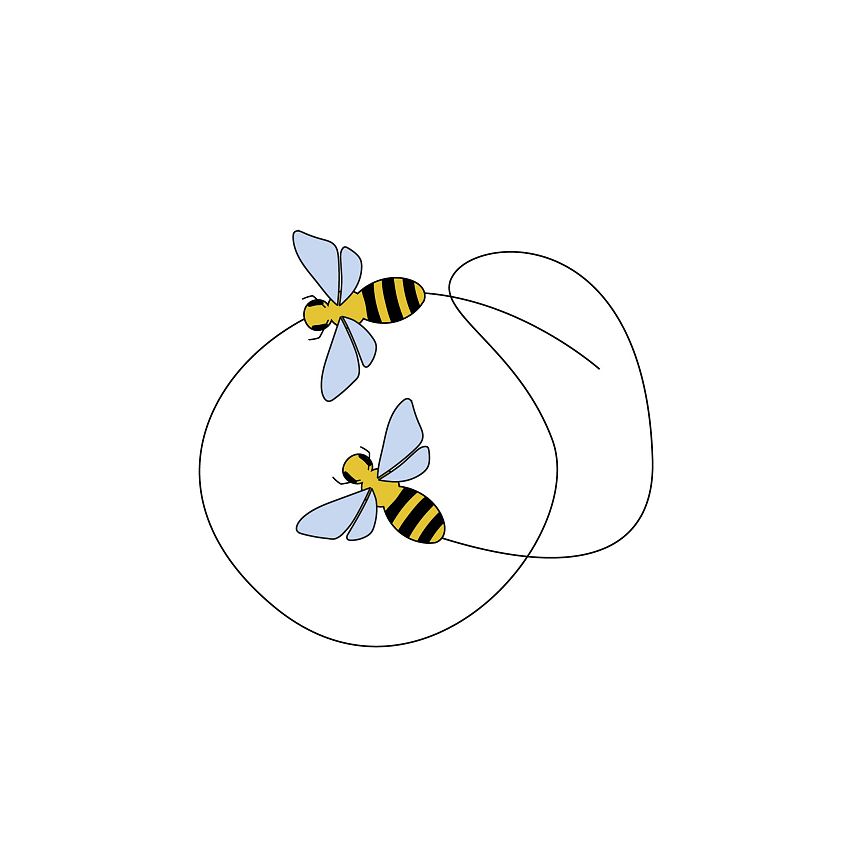
round dance
„Sterzeln“
With their bottoms raised and their wings flapping vigorously, the bees release their scents.
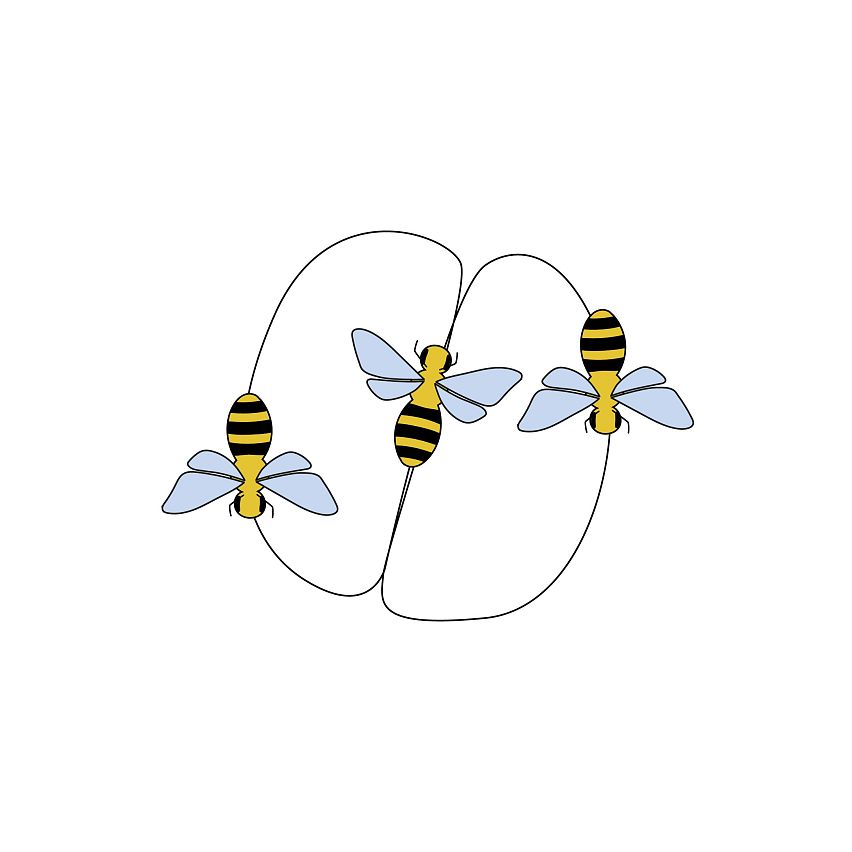
tail dance
„Schwänzeln“
Bees talk to each other while dancing.
BEES AS THE KEY TO SURVIVAL
Food without insects
Without bees or insects, humans would have to give up around a third of their food, as it would no longer be pollinated and entire food chains could simply break off! If, for example, the many alpine herbs and plants on the high plateau disappear, the quality of cow's milk will also change as a result. In some parts of the world, certain crops even have to be pollinated by humans in order to secure the harvest. So why don't we take extra good care of our diverse bees, don't you think?
FROM HONEY TO ROYAL JELLY
Bee products
The best-known products of the honey bee are honey, wax and perga (flower pollen processed by the bees). However, bees also produce propolis, bee venom and royal jelly. Products that we humans can also use in many ways.
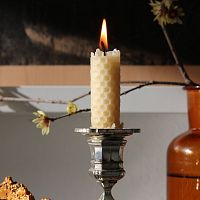
Beeswax is used as a building material for honeycombs in the beehive and is often used by humans for candles.
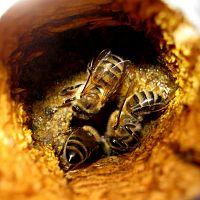
Propolis, also known as putty resin, comes from resinous bark/tree buds and is used in beekeeping as a sealant and as a defense against fungi and bacteria. For humans, for example, propolis is a valued bee product for colds.
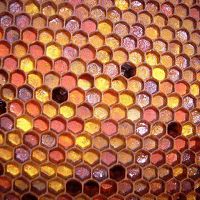
Perga or "bee bread" refers to pollen grains fermented with bee saliva - this is how bees preserve their food.
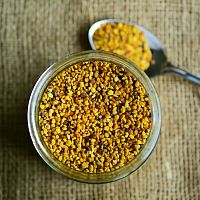
With vitamins C, D, E, K and B12 as well as provitamin A, "raw" pollen is also a valuable food for bees and humans.
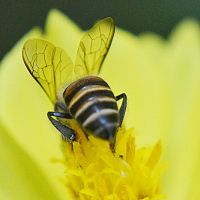
Bee venom is medically very valuable: it stimulates the body's own cortisone production and helps with rheumatic diseases, arthritis, multiple sclerosis, shingles and more.
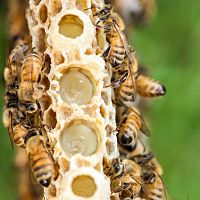
The term royal jelly is used to describe the queen's (or queen bee's) precious food juice.
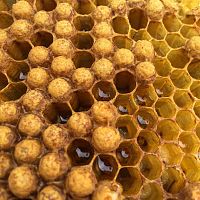
Honey is produced from nectar and honeydew and stored in the combs
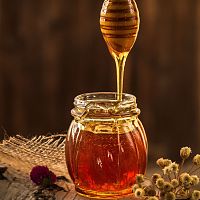
Honey as medicine: Bee honey contains natural inhibins, which are substances that inhibit bacteria and have an antibiotic effect. Honey therefore has a healing effect for us humans - and with freshly chopped onions it becomes a really good cough and cold remedy overnight! Honey on the skin provides important moisture after the sauna or sunbathing and helps to heal wounds.
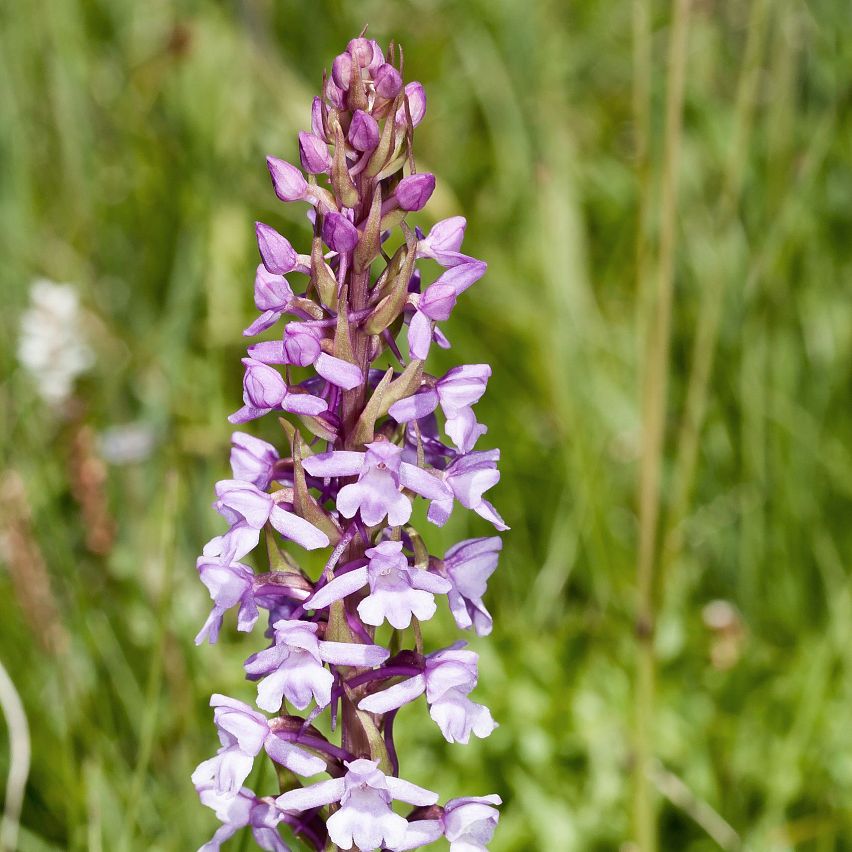
THE PRECIOUS
Gnat's bugloss
– Gymnadenia conopsea –
- Characteristics: Belongs to the orchid genus, fragrant, pink flowers on an inflorescence up to 50 cm high, each flower with a long spur. Capsule fruits contain thousands of tiny seeds after flowering (weight of one seed only about 0.008 mg).
- Habitat: In sparse forests, on moor meadows, and in calcareous grassland, from the plains to the mountains.
- Observation tip: Butterflies as pollinators (e.g., dove-tails, small vine hawk-moths, brass owls). Nectar accessible through long proboscis in the spur of the flower.
- Flowering time: June to July
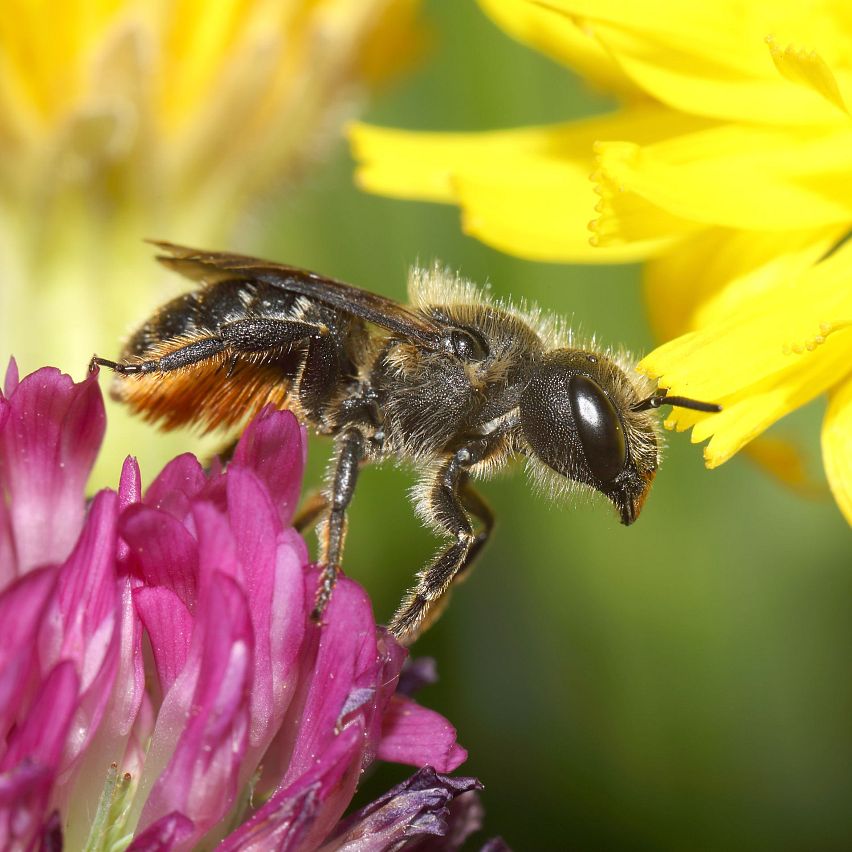
THE BELLY GATHERER
Thistle Mason Bee
– Osmia leaiana –
- Characteristics: Black body, face lightly hairy. Males up to 10 mm in size, shimmer blue metallic, females a little larger, carry a "belly brush" - hairy belly for collecting pollen (belly collector).
- Habitat: Near forest edges, orchards, fallow land, and parks.
- Way of life: It lives solitary, i.e., alone. Nests are in cavities in dead wood, especially in beetle feeding galleries, in reed stalks, and holes in stones. It takes one day to fill such a brood cell with pollen. The pollen is collected and transported with the abdominal brush.
- Observation tip: Specialized on so-called "composite flowers" (chicory, hawkweed, burdock, cornflower, knapweed).
- Observation period: May to September.
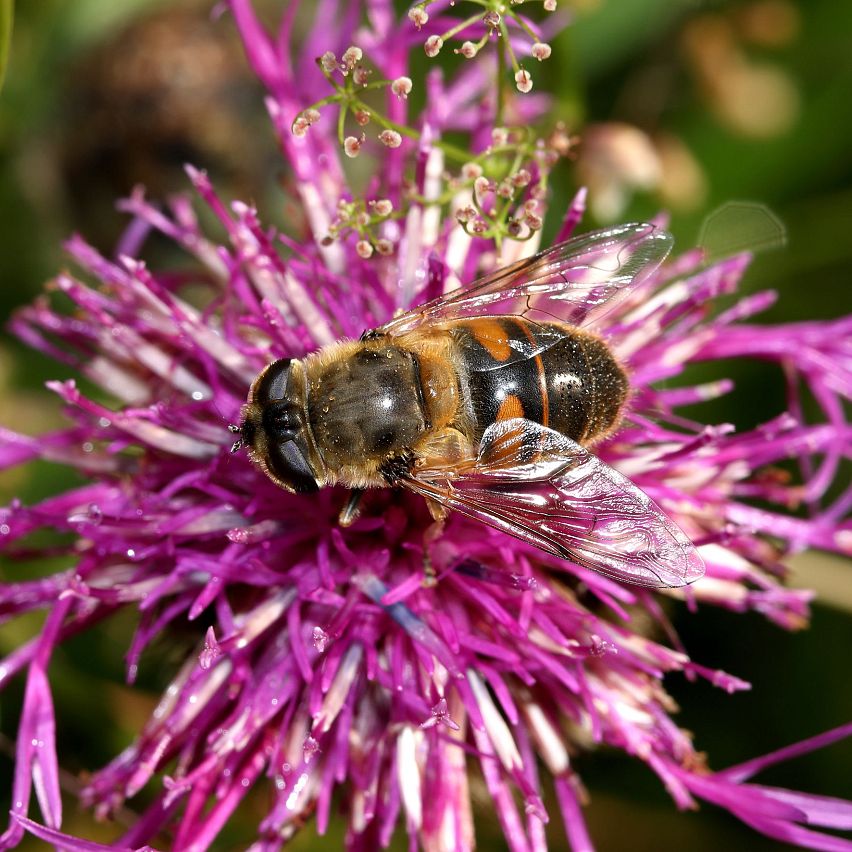
THE DOPPELGANGER
Dung Bee
– Eristalis tenax –
- Characteristics: 14 to 16 mm large hoverfly, looks confusingly similar to the honey bee, dark brown body coloration, two yellow-red spots on the side of the abdomen, but only one pair of wings compared to the honey bee, no pollen baskets and no sting.
- Habitat: In almost all habitats, e.g., meadows, forest edges, gardens.
- Way of life: Eggs are laid in nutrient-rich accumulations of water such as cesspools, at the edge of dung heaps, and in nettle dips. The larvae grow up to 2 cm in size and feed on bacteria and plant debris. Pupation takes place in a protected place nearby, for which they leave the water.
- Observation tip: On umbellifers and composite plants, low flight reflex.
- Observation period: March to October, on warm days also in winter.
Dung bees are an important food source for many animal groups such as birds.
Whispering forest: in harmony with nature!
Find a quiet spot along the path, sit on a stone, lean against a tree or lie down on the ground. Close your eyes for a few minutes and be very still: what sounds can you recognize? Nature, animals and people - who owns the habitat here?